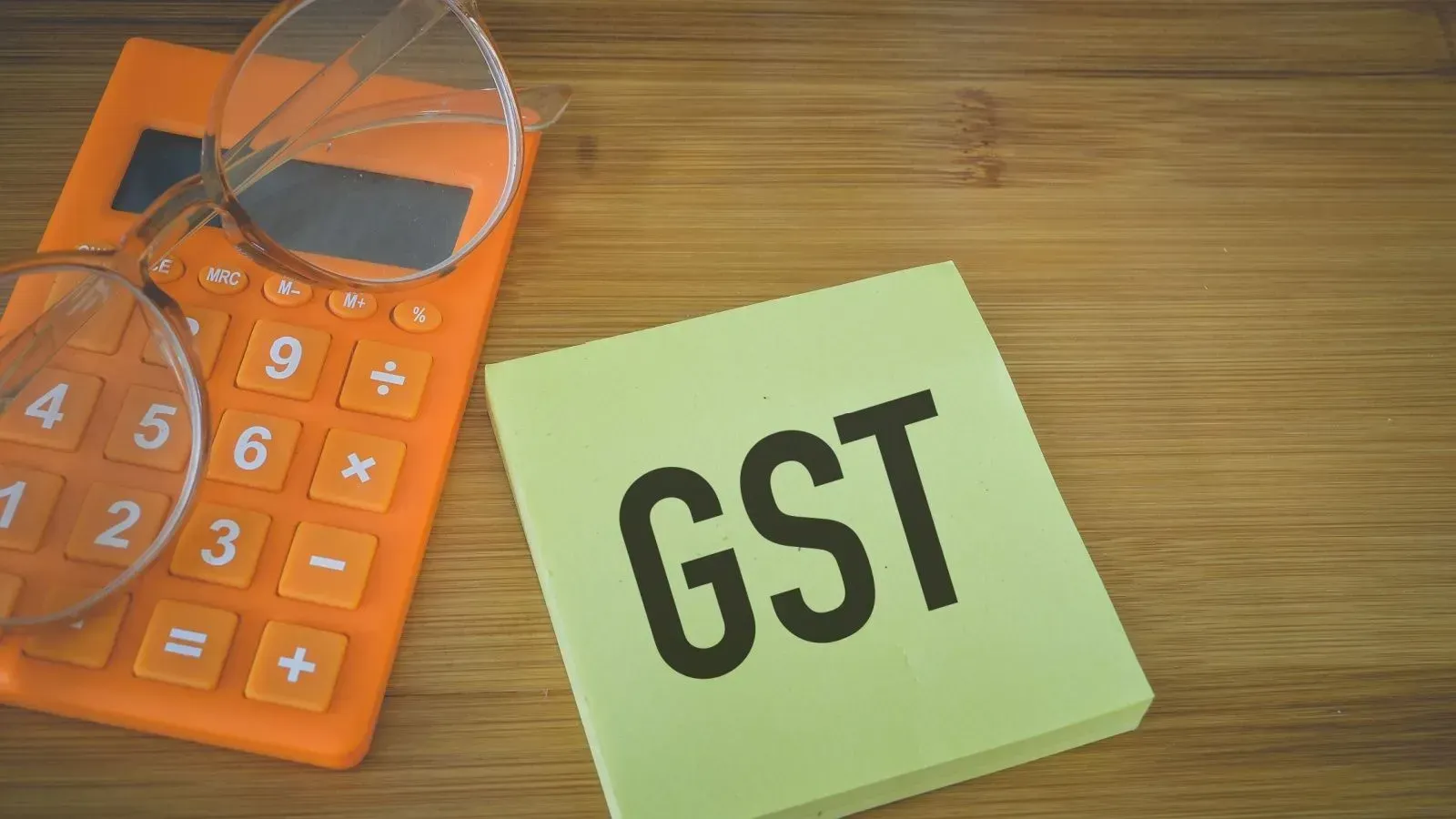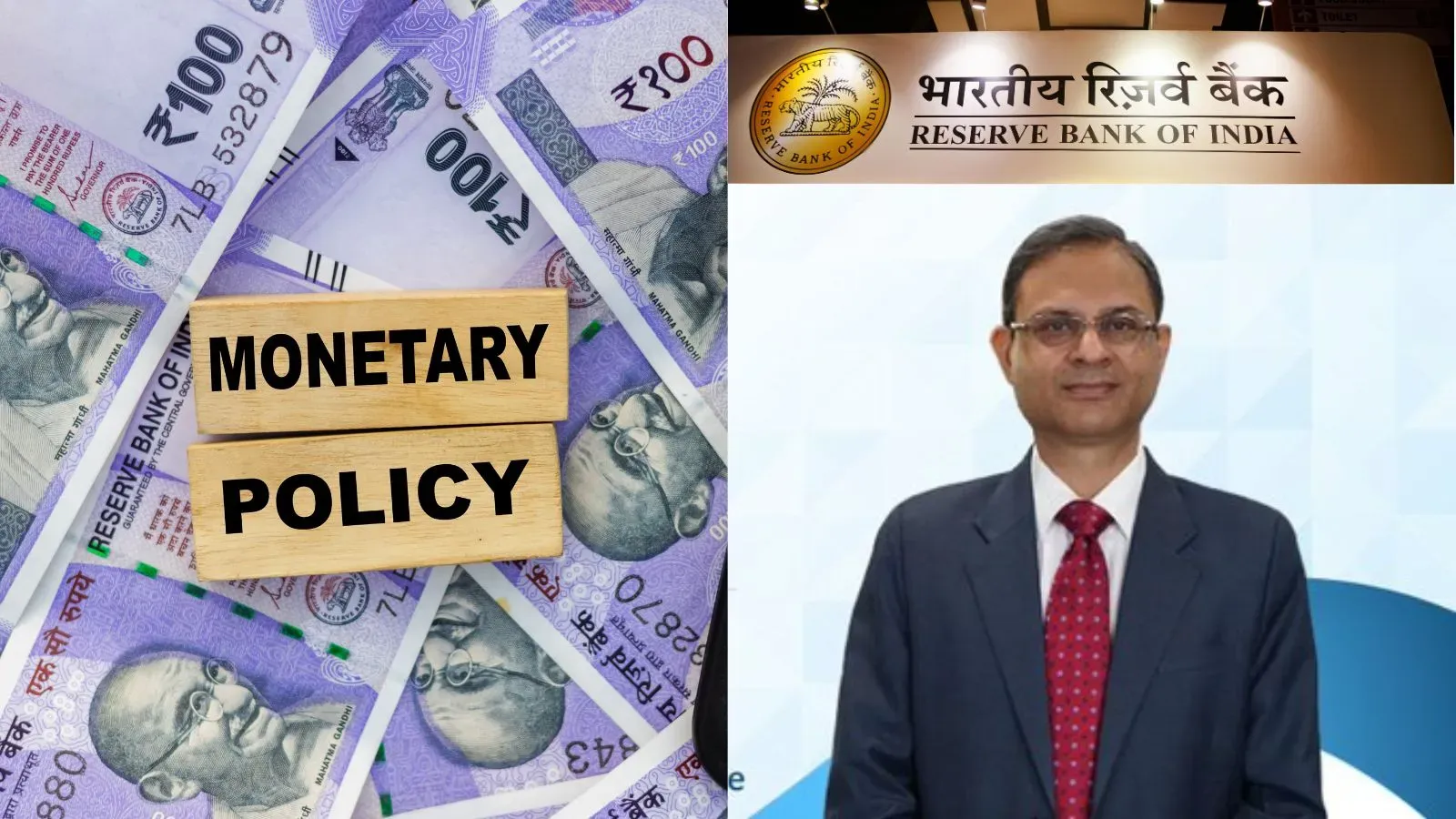Business News
GST 2.0 rate rationalisation to make states net gainers: SBI Research
.png)
3 min read | Updated on September 02, 2025, 16:17 IST
SUMMARY
The report projects that in FY26, states could receive over ₹14 lakh crore through SGST and devolution, with additional gains from the consumption boost.

SBI Research has said the proposed GST 2.0 rate rationalisation will strengthen revenue collections and ensure states remain net gainers due to the revenue-sharing structure.
The proposed rationalisation of Goods and Services Tax (GST) rates will strengthen revenue collections and ensure that states remain net gainers even after the transition, according to a report by SBI Research.
The report comes ahead of the crucial GST Council meeting on September 3-4, where the high-powered body chaired by Union Finance Minister Nirmala Sitharaman is expected to deliberate on moving to a two-slab structure.c
If approved, the current 5%, 12%, 18% and 28% rates will collapse into two categories of 5% and 18%. A special rate of 40% will continue on ultra-luxury cars and sin goods.
SBI Research said historical evidence suggests that rationalisation of tax rates does not weaken collections but leads to stronger inflows after a brief adjustment phase.
“We estimate that in FY26 as well, States will remain net gainers from GST collections, even under the proposed rate rationalization. This is because of the unique revenue-sharing architecture of the tax,” SBI Research said.
“While an immediate reduction in rates can cause a short-term dip of around 3–4% month-on-month revenues typically rebound with sustained growth of 5–6% per month,” it added.
SBI Research estimates that in FY26, states are expected to receive at least ₹10 lakh crore in State GST (SGST) collections, along with ₹4.1 lakh crore through devolution of the Centre’s share.
The gains accrue even after ignoring the additional consumption boost due to rate rationalisation, it added.
Since the launch of GST in July 2017, states were assured a 14% annual revenue growth for the first five years, compensated through a cess on luxury and sin goods. A total of ₹9.14 lakh crore was disbursed as compensation during this transition period, which was ₹63,265 crore higher than the projected requirement.
During the pandemic years, the Centre had borrowed and released ₹2.69 lakh crore to bridge the resource gap for states.
With compensation loans now being recouped and repaid, SBI Research projects a surplus of around ₹50,000 crore in the compensation fund by the end of this year, which could be used to offset any temporary shortfall arising from rate rationalisation.
The report also recommended bringing petroleum, electricity and aviation turbine fuel under GST in the medium term, easing GST registration through greater use of technology, implementing pre-filled returns, and addressing the inverted duty structure that burdens businesses with higher tax costs.
“Importantly, rationalisation should be seen less as a short-lived stimulus to demand and more as a structural measure that simplifies the tax system, reduces compliance burdens, and enhances voluntary compliance, thereby widening the tax base,” SBI Research said.
By signing up you agree to Upstox’s Terms & Conditions
About The Author
Next Story

